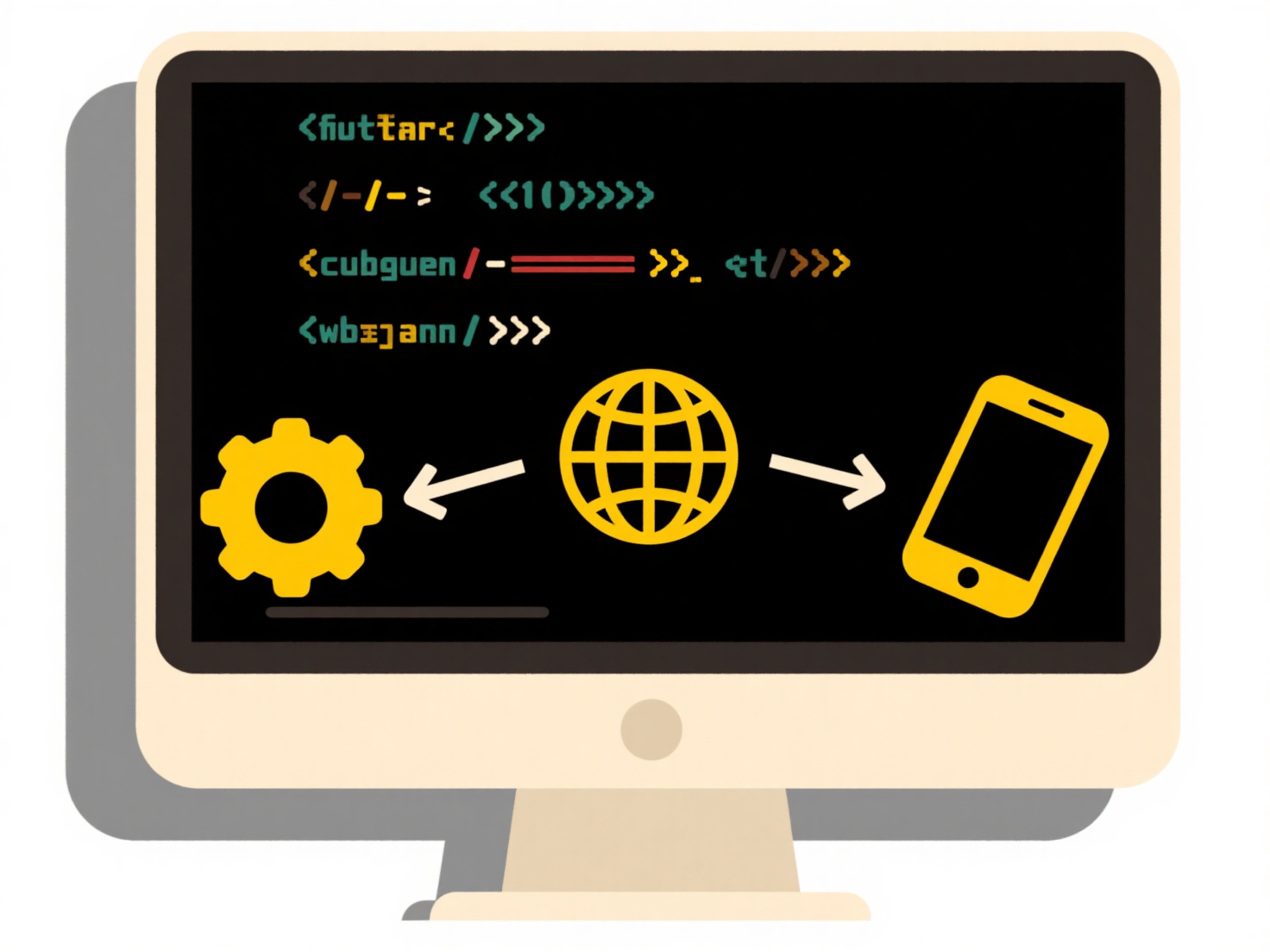
Industry-specific naming conventions are standardized practices for naming files, variables, processes, or components within a particular sector. They provide consistency, improving clarity, searchability, and interoperability within that field. These conventions differ significantly across industries because each has unique requirements and regulatory environments. For example, healthcare emphasizes patient safety and privacy, while manufacturing focuses on part traceability and supply chain efficiency.

In manufacturing, part numbers often encode attributes like material type, size, and revision (e.g., ACME-ALUM-0025-R02). Software development frequently uses prefixes indicating variable scope (gCounter) or type (strName) and follows language-specific style guides (camelCase, snake_case). Healthcare utilizes standardized coding systems like ICD-10 for diagnoses and LOINC for lab tests to ensure unambiguous communication and compliance.
Adhering to industry conventions streamlines collaboration, reduces errors, and aids integration with specialized tools. However, they require learning curve investment and can sometimes create interoperability challenges between industries if formats clash. Organizations often supplement broad industry standards with internal naming rules for specific systems. While consistency is key, conventions evolve with technology and regulations, necessitating periodic review to maintain their effectiveness and support innovation.
Are there industry-specific naming conventions I should follow?
Industry-specific naming conventions are standardized practices for naming files, variables, processes, or components within a particular sector. They provide consistency, improving clarity, searchability, and interoperability within that field. These conventions differ significantly across industries because each has unique requirements and regulatory environments. For example, healthcare emphasizes patient safety and privacy, while manufacturing focuses on part traceability and supply chain efficiency.

In manufacturing, part numbers often encode attributes like material type, size, and revision (e.g., ACME-ALUM-0025-R02). Software development frequently uses prefixes indicating variable scope (gCounter) or type (strName) and follows language-specific style guides (camelCase, snake_case). Healthcare utilizes standardized coding systems like ICD-10 for diagnoses and LOINC for lab tests to ensure unambiguous communication and compliance.
Adhering to industry conventions streamlines collaboration, reduces errors, and aids integration with specialized tools. However, they require learning curve investment and can sometimes create interoperability challenges between industries if formats clash. Organizations often supplement broad industry standards with internal naming rules for specific systems. While consistency is key, conventions evolve with technology and regulations, necessitating periodic review to maintain their effectiveness and support innovation.
Quick Article Links
Can file encryption affect searchability?
File encryption secures data by converting readable files into unreadable ciphertext using an algorithm and key. This fu...
How do I label files by content category?
Labeling files by content category means assigning descriptive tags based on their subject matter or purpose rather than...
How do I standardize search tools across an organization?
Standardizing search tools across an organization involves implementing a consistent platform or set of integrated tools...